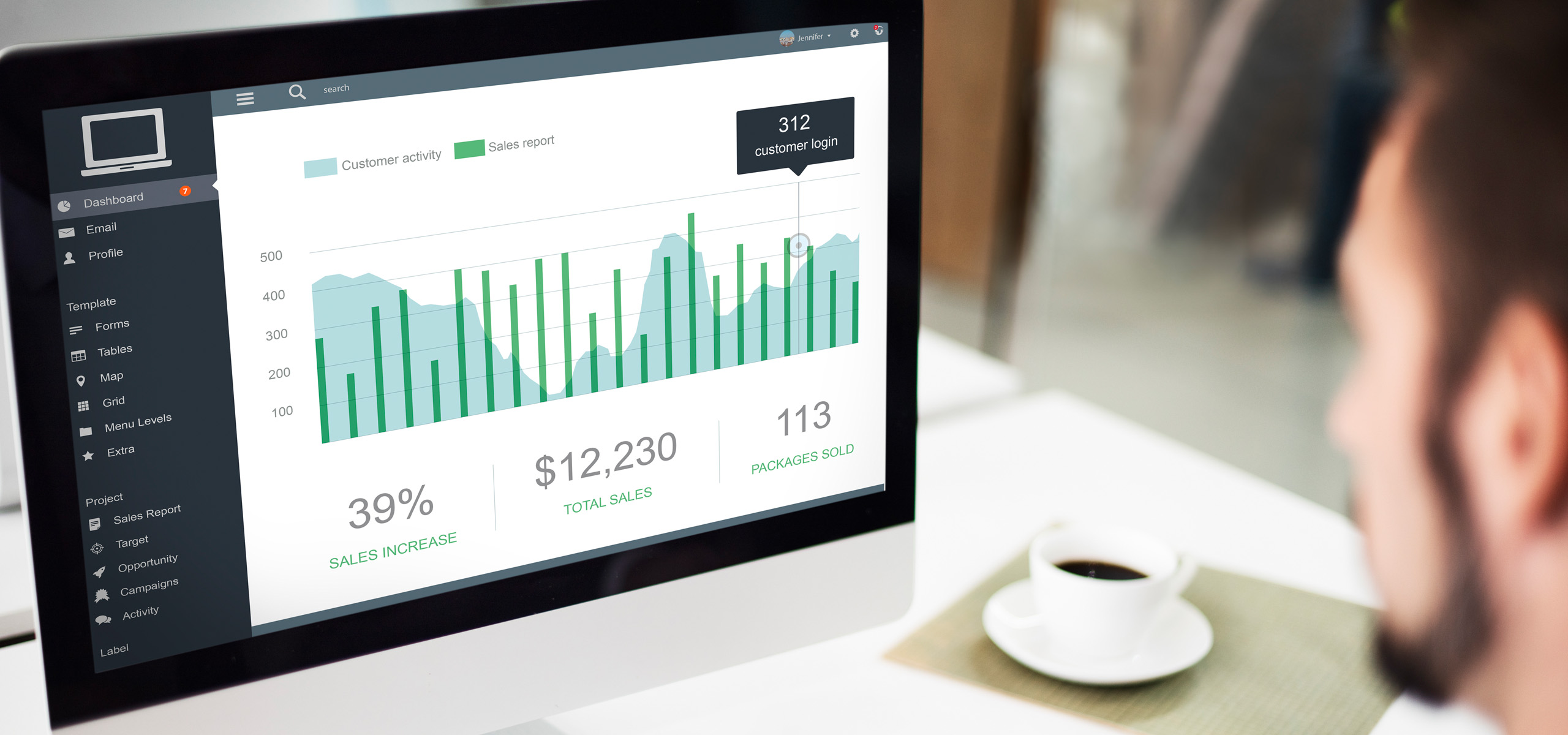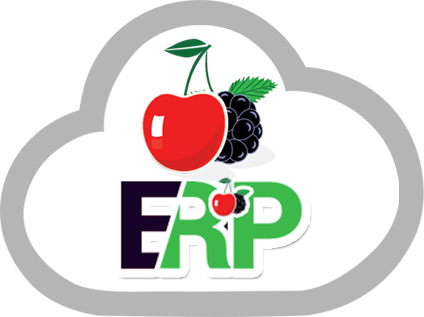
Essential Features For Successful ERP Inventory Management
The ERP inventory management software is a comprehensive strategy that combines multiple facets of corporate operations. Typically, this includes the supervision of inventories, finance, operations, planning, and logistics. It provides a systematic approach to inventory management while also yielding numerous advantages. To improve the operations of the warehouse integrate Inventory management software with warehouse management systems (WMS).
Why is ERP Inventory Management Software Necessary?
Any organisation possessing inventory can benefit from an inventory management software solution integrated with other ERP solutions. As businesses expand, it can become burdensome to manually monitor sales and purchases while also managing accounting records, sales commissions, and sustaining customer and partner relationships. ERP inventory management software is utilised to facilitate the management of these internal procedures. It also helps organisations to make better inventory assumptions. Numerous small enterprises first utilise basic software like QuickBooks, which lacks comprehensive inventory capabilities found in ERP systems, necessitating a software transition when the organisation is prepared for expansion. Determining the essential software and identifying those that can be eliminated relies on the required functionality and the desired efficiency of data transfer.
Features of ERP Inventory Management and their benefits
There is a wide variety of inventory management benefits offered by ERP software. These key characteristics might be exploited by businesses in a wide variety of industries.
Offers Visibility throughout the Supply Chain:
The updated inventory visibility throughout the entire supply chain, including in a variety of locations like warehouses and stores, is made possible by ERP systems’ real-time inventory updates through all channels.
Offers Data Protection
A Microsoft Excel spreadsheet saved locally on a company computer’s hard drive lacks the security and backup features offered by an enterprise resource planning (ERP) system.
In addition to improving data security, ERPs make it easier to monitor and regulate consumer data access.
Analyses How Customers Make Purchases
ERP systems gather the buying habits of consumers and analyse their behavior. With the help of these reports, you can optimise your inventory management process by taking buying habits, slow periods, and supply needs into account.
Better Customers Service
Since ERP inventory management systems provide up-to-date customer data and purchase histories, employees will always have access to the key information. An enhanced customer service experience and optimised sales are the outcomes of employees using this data to address consumer inquiries and resolve issues more efficiently. Also, your present customer relationship management (CRM) platform and many ERP solutions can work together to provide a centralised hub for all customer-related data.
Facilitates Decisions Based on Data
Newer enterprise resource planning (ERP) systems do more than just centralise and automatically update data; they also produce consistent and accurate reports. You can improve your revenue forecasting and inventory management strategy with the help of this historical and real-time data.
Compliance and Risk Management
Compliance with laws and regulations is the most important benefit of ERP inventory management software solutions, along with enhanced risk management. Important risk features, such as managing contracts and ensuring compliance with checks and audit trails, are also handled by it. The inventory management software solution makes it easy to collaborate with the vendors and enhance the relationship between them to resolve different issues, check the performance of the supplier, track the order, check the quality, and manage the delivery times.
Streamline Business Operation
Many formerly manual tasks related to inventory management could be automated with the help of an ERP system. Automating routine tasks like stock replenishment, price changes across sales channels, and purchase orders streamlines operations and reduces room for human mistakes. Also, due to automated business processes, information can be instantly shared across teams and departments, making sure that everyone is using the same, up-to-date data.
Makes Product Identification Easier
By utilising codes and numbers, ERP systems improve the product identification process. You can optimise your inventory organisation and get a full picture of your inventory with this improved product identification.
Ensures the Seamless Integration of Real-Time Information
Incorporating data in real time for company operations across your entire organisation is what ERP software is all about. It eliminates human error in integrating inventory management data, gives up-to-the-minute demand forecasts, and prevents or reduces the impact of risks like surplus or deficit.
Precise Predictions of Future Demand
Accurate forecasting is essential for manufacturing organisations. In order to help with inventory demand forecasting, it starts with a thorough understanding of past demand. Economic conditions, advertising campaigns, orders, historical growth rate, and political trends are some of the most common factors cited as indicators for future predictions.
With accurate demand forecasts, inventory management can be improved and costs can be reduced. These days, you can get useful insights into your supply and demand needs by using cloud-based ERP systems.
Selecting Appropriate Inventory Control Software
Consider the following aspects when choosing ERP inventory management software for your company:
Scalability: Make sure the program can grow and change along with your company.
Select software that works well with the systems you already have in place, such as e-commerce platforms and ERP systems
Features: List the essential features and capabilities you require. Such as order management, estimate of stock required, inventory tracking, and reporting.
User-Friendly Interface: Seek software that has an easy-to-use interface that is simple for your team to use and deal with.
Customisation: Take into account if the program can be tailored to your unique business requirements and work processes.
Support and Training: To guarantee seamless software implementation and usage, assess the degree of support, training, and continuous maintenance provided by the software provider.
Conclusion
Various advantages of businesses include increased overall efficiency, optimised inventory levels, and automated operations with the use of ERP inventory management system. While selecting the inventory management software some considerations must be made. For example advanced features like prediction of demand, analytics, and continuous monitoring help businesses make better decisions, reduce expenses, and improve customer satisfaction. Scalability, integration, features, usability, customisation, and support are needed so that they fit your needs and produce the desired results.
